These Melasma Treatments Will Get Rid Of Hyperpigmentation And Dark Spots In No Time
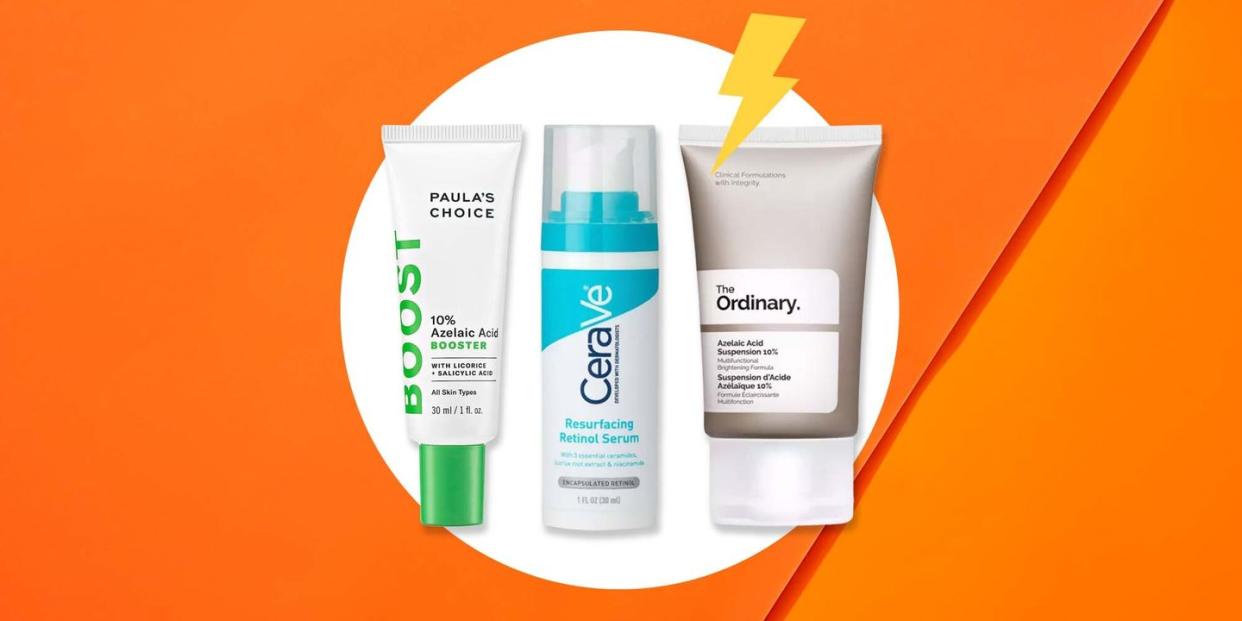
"Hearst Magazines and Yahoo may earn commission or revenue on some items through these links."
Hyperpigmentation can strike at any time, affecting all skin types and tones, and unfortunately, discoloration comes in a wide variety of forms. Maybe you’ve noticed some patchy spots on your face that are larger than freckles and darker in pigment than the rest of your surrounding skin. It’s possible those areas could be melasma, but, of course, you’d want to see a dermatologist to make that call for you.
Meet Our Experts: Amy Wechsler, MD, FAAD, New York City-based, double board-certified dermatologist, Kristen Miller, MD, New York-based, board-certified dermatologist at Spectrum Skin and Laser,
If your discoloration does end up being melasma, here’s some good news: While melasma is a chronic, recurring kind of hyperpigmentation, it’s generally harmless. These areas of discoloration, though, might not leave you feeling your best when you look in the mirror, and that’s understandable for sure.
Melasma can’t be cured, but it can certainly be improved by avoiding triggers and using certain skincare products with a few key ingredients in them (more on this to come!). And, of course, in-office lasers and peels can play a role, too, but you might be surprised how much lightening and brightening you can achieve when armed with these dermatologist-recommended tips for dealing with melasma and this list of the best melasma creams, moisturizers, and serums for at-home treatment.
Discoloration Defense
“[This is] one of the few OTC products that contains tranexamic acid as well as kojic acid and niacinamide,” says Dr. Miller of this best-selling, twice-a-day spot corrector packed with said brightening ingredients and has been shown to improve the appearance of brown patches to the tune of 60 percent in Skinceuticals’ own clinical testing. Real-life reviewers have noticed similar changes in their complexions, too.
“I have mild melasma on my nose and cheeks,” says one user. “I started using the sample provided by my dermatologist twice daily and in only a week not only have the spots significantly decreased, but my skin overall appears smoother and brighter with a more even tone.”
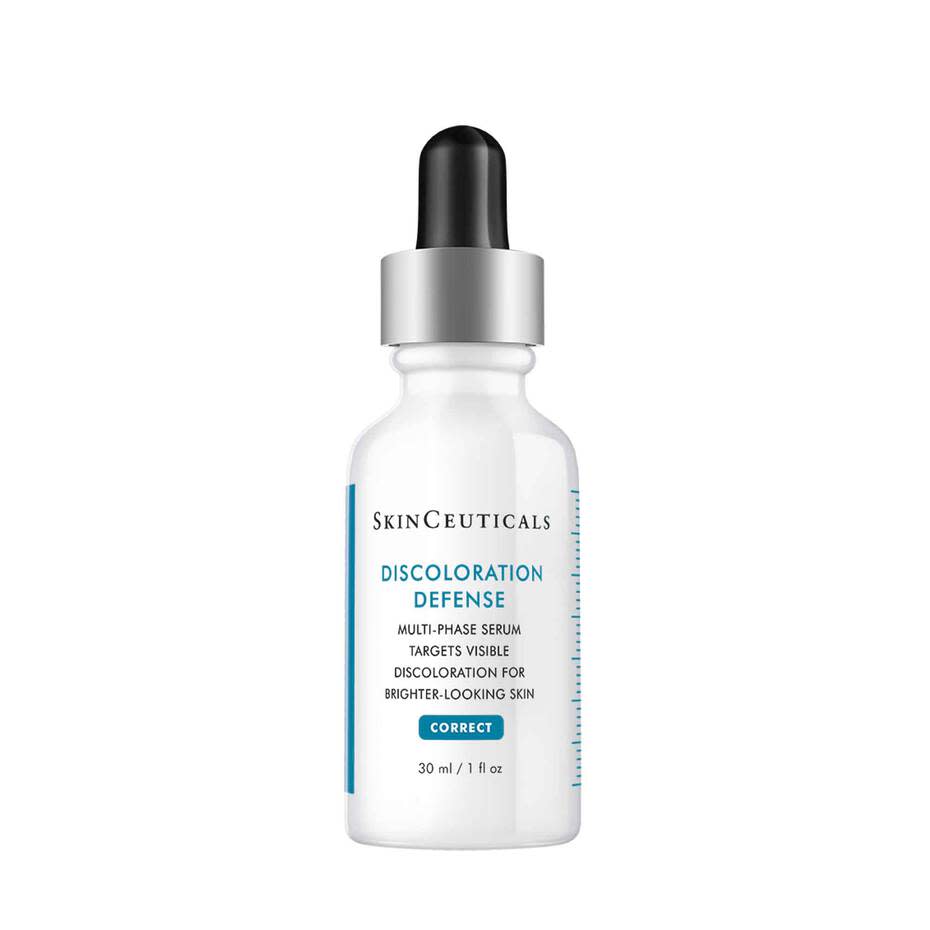
Discoloration Defense
$108.00
skinceuticals.com
skinceuticals.comLe Blanc Intensive Multi-Spot Treatment
Though Dr. Wechsler has consulted for Chanel skincare for years, she didn't help develop the Le Blanc line. That said, she still recommends its spot treatment for at-home melasma care, considering it packs a powerful blend of tranexamic acid and vitamin E into each lightening, brightening, and skin smoothing drop. Lemon balm soothes and rounds out the formula, which can also be used to downplay dark circles. In the brand’s clinicals, after just two months, respondents reported their skin looked 37 percent more luminous and 15 percent more even, with their pores appearing minimized by 15 percent and the look of dark circles diminished by 10 percent.
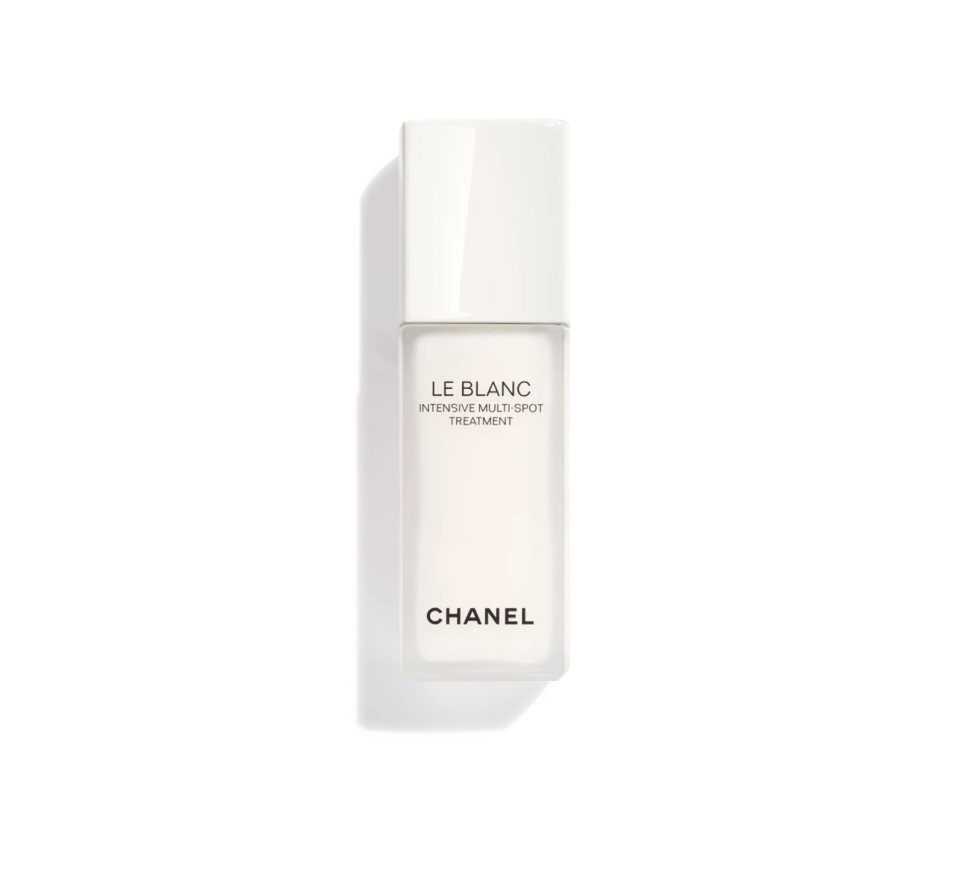
Le Blanc Intensive Multi-Spot Treatment
$170.00
chanel.com
chanel.comBOOST 10% Azelaic Acid Booster Cream Gel
While higher percentages of azelaic acid are typically better in melasma-fighting formulas, Dr. Miller says Paula’s Choice 10% Azelaic Acid Booster, an oil-free serum booster that works to treat acne as well as minimize stubborn brown patches, has one of the best concentrations of azelaic acid available on the market without a prescription. “It also contains salicylic acid and licorice root so it works from multiple pathways,” she says of its skin-evening strength. Amazon reviewers seem to agree. “I have very sensitive, combination aging skin (late 30s and spent my 20s in the sun—paying for it now),” writes one user. “This helps pores, acne, and melasma. While it’s not a miracle, it makes a noticeable difference and is an impressive product.”
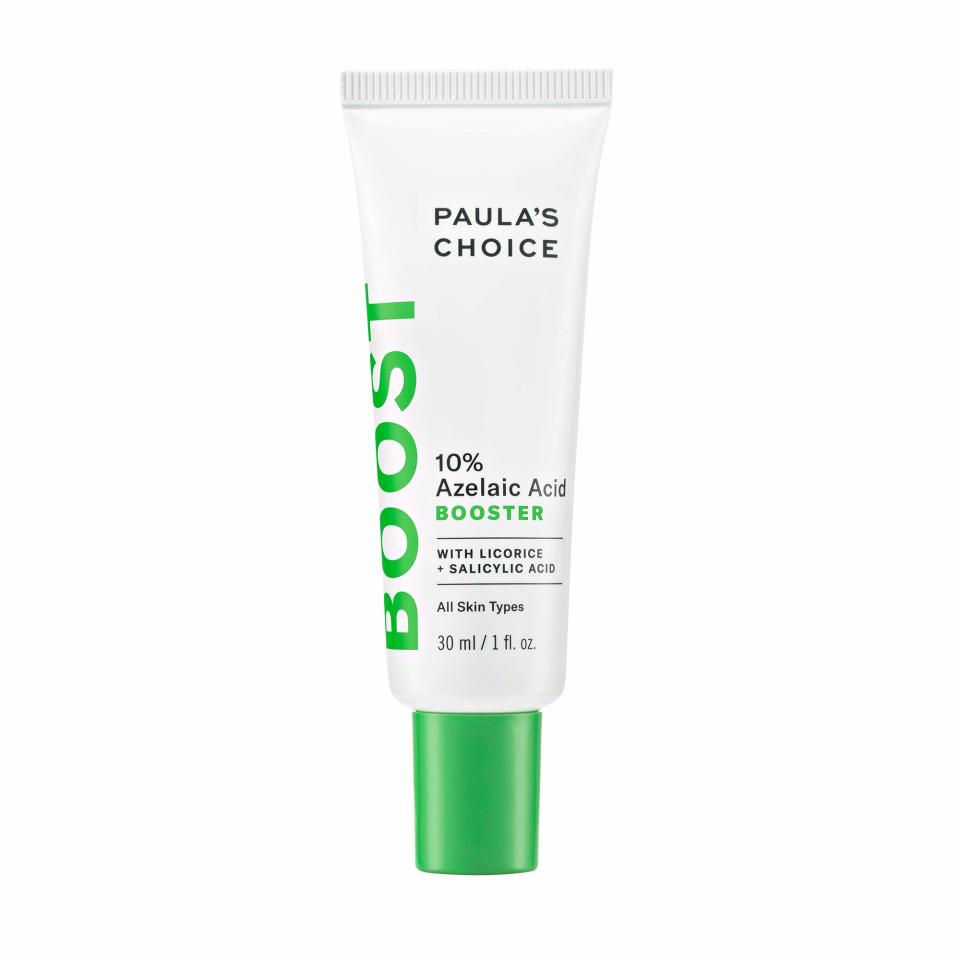
BOOST 10% Azelaic Acid Booster Cream Gel
$39.00
amazon.com
amazon.comAzelaic Acid Suspension 10%
You can’t beat the price point of The Ordinary’s 10% Azelaic Acid Suspension Brightening Cream. Like the Paula’s Choice pick, Dr. Miller recommends azelaic acid-forward formulas for anyone with particularly reactive skin, since it can be a less irritating ingredient than TXA for most. Azelaic acid is also thought to be safe for use during pregnancy, so this cream may be a good choice for anyone struggling with melasma pre-delivery.
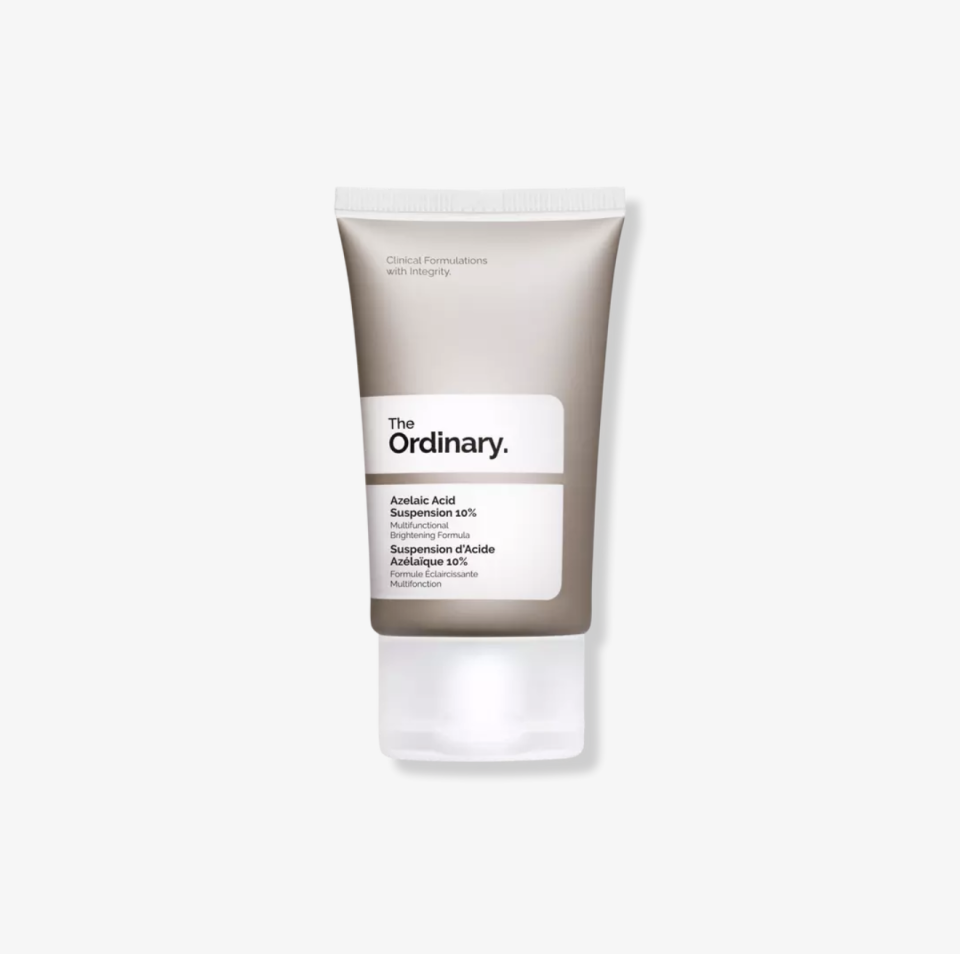
Azelaic Acid Suspension 10%
$11.10
ulta.com
ulta.comAdapalene 0.1% Acne Treatment Gel
If you want to go the retinoid route for blocking pigmentation and fighting discoloration, Dr. Miller recommends a cult classic that’s typically associated with treating acne: Differin 0.1% Gel. Because this spot treatment contains adapalene (a type of vitamin A derivative) at a fairly high concentration for an OTC product, Dr. Miller says you might have more success with it than, say, a serum or cream with retinol in it. Whether OTC or not, though, many retinoids can irritate certain skin types, so it’s always best to perform a patch test before committing to any kind of new product. For the face, Dr. Wechsler recommends testing the skin right in front of your ear and applying said product for three days and three nights while observing how your skin reacts to it to ensure it’s safe for your use.
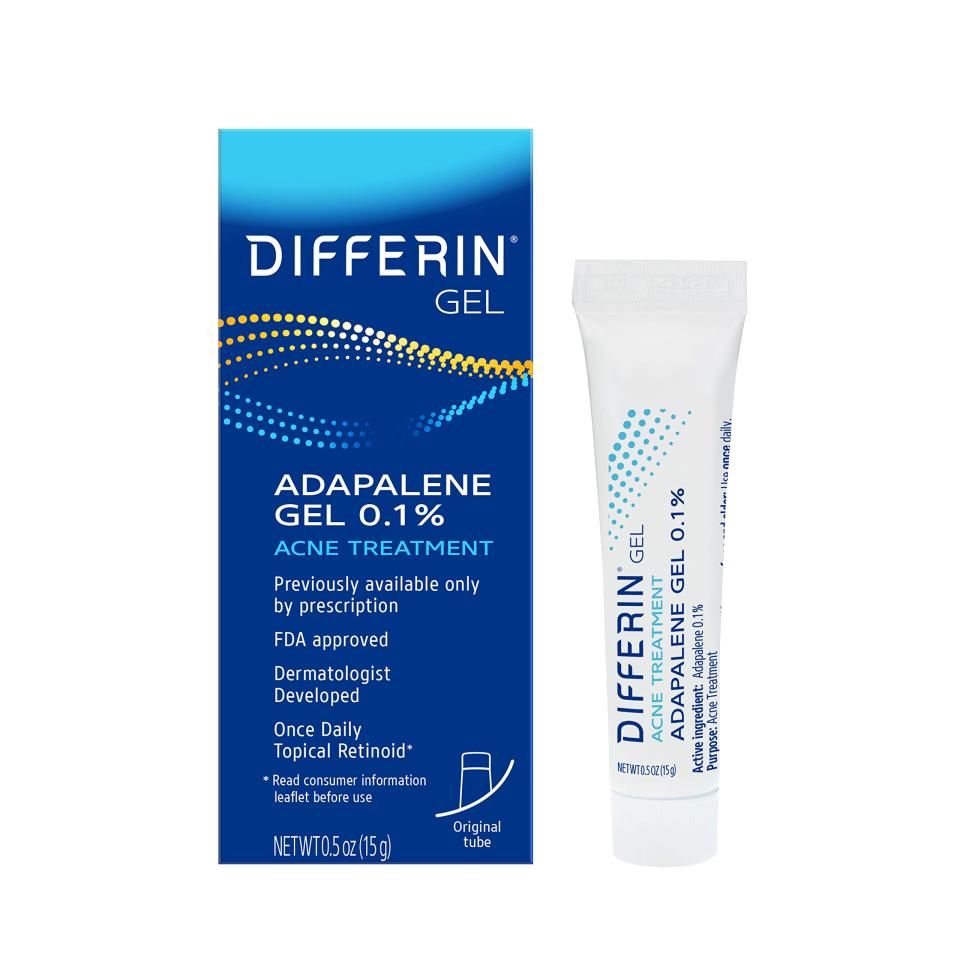
Adapalene 0.1% Acne Treatment Gel
$13.47
amazon.com
amazon.comResurfacing Retinol Serum
“If you’re unable to tolerate [certain] retinoids, this may be a better option,” says Dr. Miller of Cerave’s Resurfacing Retinol Serum. Applied nightly and then followed up with sunscreen in the morning for UV protection, this blend contains encapsulated retinol and licorice root to brighten post-acne marks and melasma, while niacinamide calms and soothes the skin.
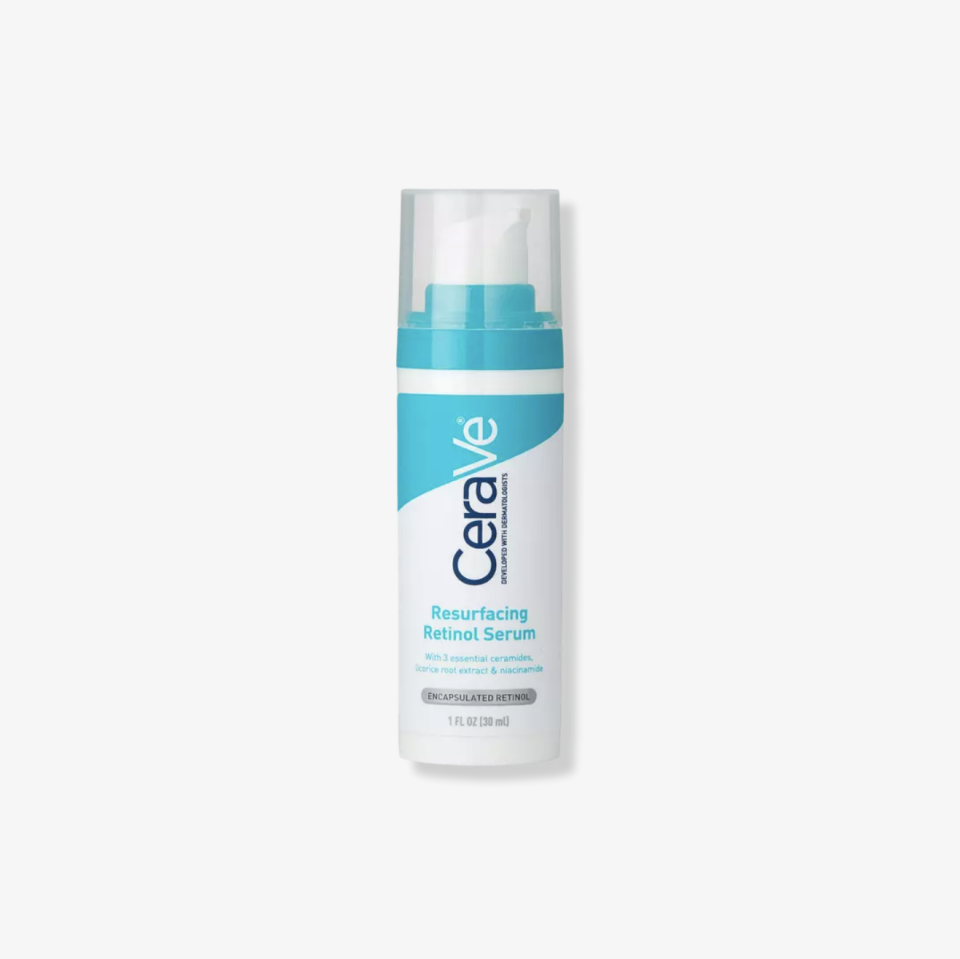
Resurfacing Retinol Serum
$21.99
ulta.com
ulta.comEnhance Brightening Complex
Another azelaic acid-forward formula, the Glytone Enchance Brightening Complex relies on this hero ingredient to block pigmentation production and lessen any discoloration that’s already present. Dr. Miller likes that this formula exfoliates, too, which can help turn over discolored cells.
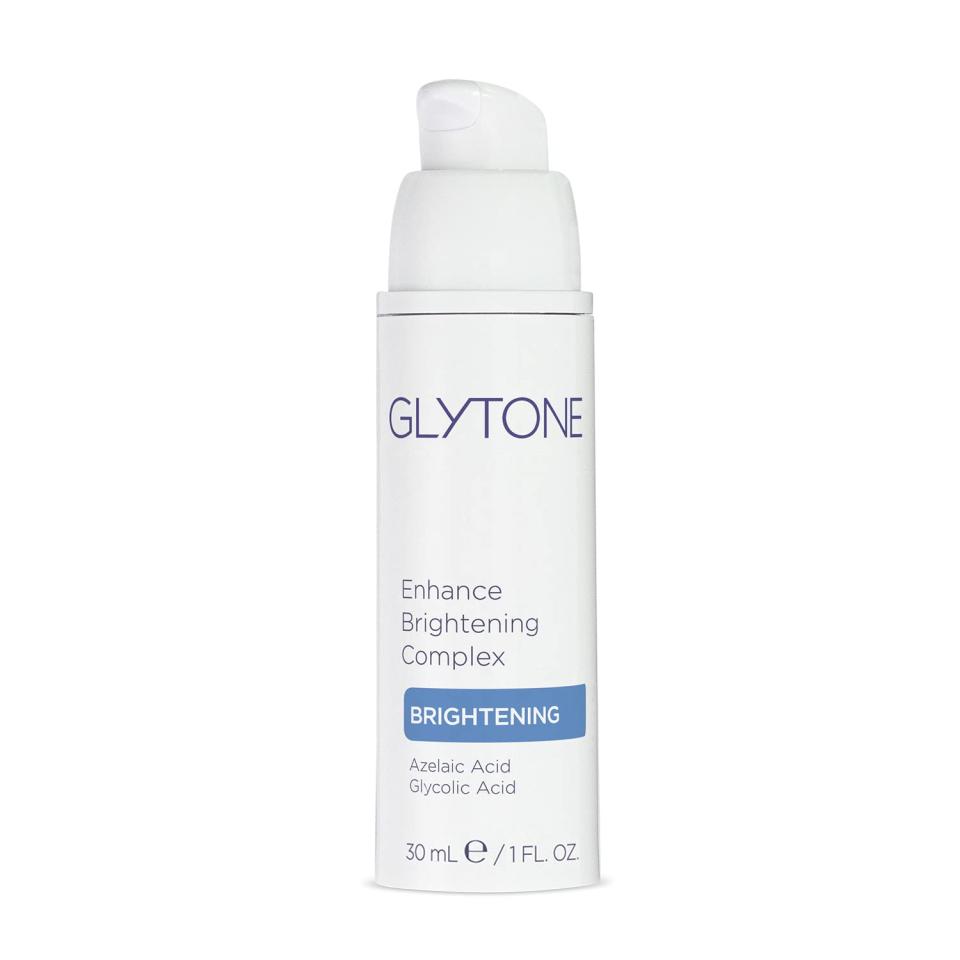
Enhance Brightening Complex
$65.60
amazon.com
amazon.comUV Elements Tinted Sunscreen Moisturizer SPF 44
This powerhouse mineral sunscreen formula, which features both zinc oxide and titanium dioxide to shield your face from UVA and UVB rays, can be used as a tinted moisturizer or primer under makeup, thanks to its near universal tone.
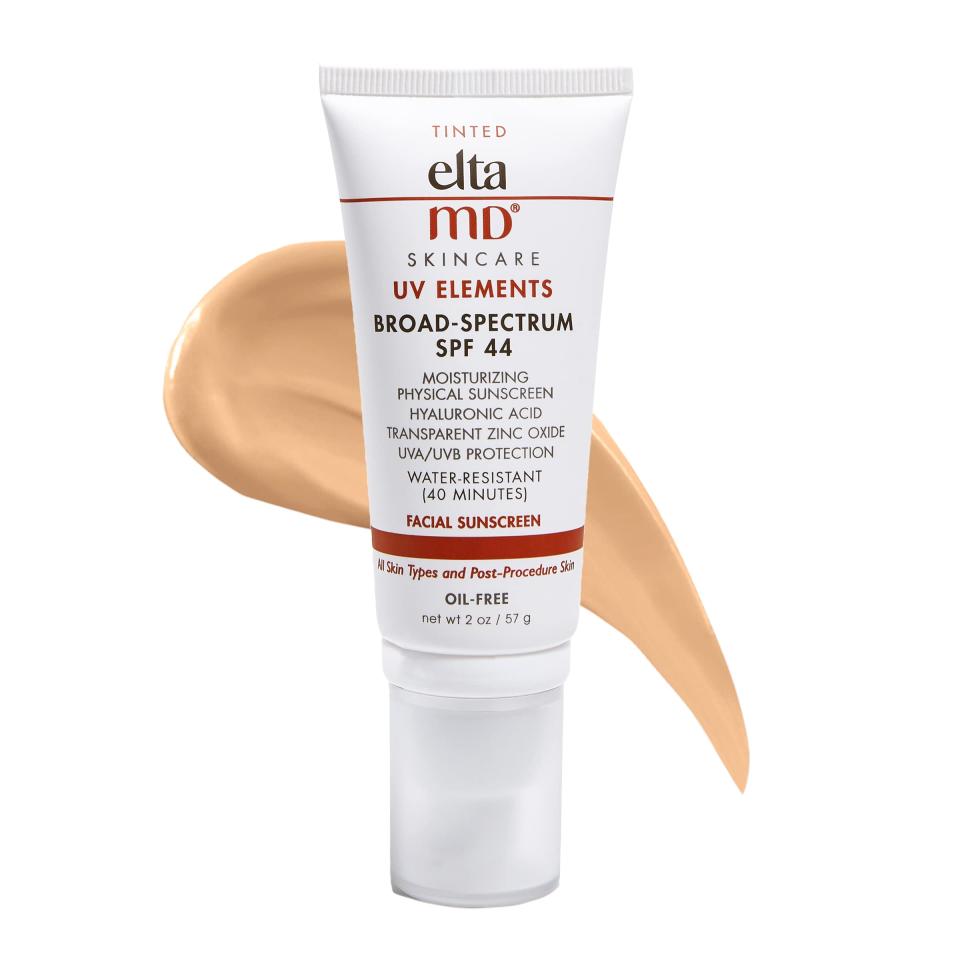
UV Elements Tinted Sunscreen Moisturizer SPF 44
$40.00
amazon.com
amazon.comWhat is melasma?
“Melasma is a skin condition marked by a darkening of the skin, specifically of the face,” says Amy Wechsler, MD, FAAD, a New York City-based, double board-certified dermatologist and psychiatrist. “It’s much more common in women than men and often is caused by circulating estrogen, the sun, and heat.”
At the cellular level, you can chock melasma up to the overactivity of melanocytes, your skin cells responsible for pigment production. “Roughly 1 percent of the general population has melasma, although it varies by geography, skin types, and ethnicities,” says Kristen Miller, MD, a New York-based, board-certified dermatologist at Spectrum Skin and Laser. “Darker skin types are more likely to develop melasma, ranging from 9 to 50 percent in higher-risk populations. Geographic locations with more UV exposure also have higher melasma rates.”

What causes melasma?
According to Dr. Wechsler, the root cause behind melasma is two-fold, with both hormones and the environment potentially playing factors. Many people who experience melasma could be triggered by hormonal therapies, like taking the birth control pill or other hormone treatments or medications. Pregnancy can cause estrogen and progesterone levels to increase, which can also lead to the occurrence of melasma in some women.
Environmentally-speaking, common triggers include sunlight, heat, and even steam—think laying out in the sun or spending a lot of time outdoors, for your job or otherwise, or even using a steam room.

What does melasma typically look like?
According to Dr. Wechsler, melasma typically manifests as dark brown, patch-like spots and can appear anywhere on the face—cheeks, forehead, and nose being most common (though it can strike near the lips or on the nearby neck, too). Because of where melasma often pops up and its strong connection to estrogen levels, Dr. Wechsler says it’s sometimes called the “mask” of pregnancy.

How to treat melasma
“First and foremost it is important to understand that melasma is a chronic condition for which there is no cure,” says Dr. Miller. “Dermatologists can treat and improve the appearance of melasma, but it almost universally recurs, typically after sun exposure.”
If you’re lucky, says Dr. Wechsler, your melasma may be episodic. In general, melasma will be better in the winter, when the sun and heat aren’t as strong and, therefore, are less triggering. For anyone struggling with melasma brought on by pregnancy, it’s possible for it to get better, say, once you’ve delivered your baby; you may even notice that patches fade almost entirely without much intervention. For many, though, melasma can turn into a life-long condition to manage, and there’s multiple ways to go about it.
Unfortunately, there’s no single magic bullet solution for treating melasma. One thing’s for sure, though: Both Dr. Wechsler and Dr. Miller recommend liberal sunscreen use for melasma prevention and to minimize recurrences. “One day in the sun can bring back pigmentation you’ve been working to treat for months,” says Dr. Wechsler. She suggests reapplying sunscreen at least every two hours when outside and recommends formulas with zinc oxide as well as layering sunblocks to shore up protection. “Sunscreens containing iron oxide, which are typically tinted, help protect against visible light in the blue spectrum, which we know contributes to melasma formation,” adds Dr. Miller. “Wearing a broad brimmed hat, seeking shade, and avoiding peak sunlight hours is also important.”
Beyond limiting your UV exposure and being consistent in sunscreen application, Dr. Wechsler also suggests avoiding—or at least, amending—certain activities that could make melasma worse. “Don’t do hot yoga,” she says. “If you’re going into a steam room or sauna, keep a cold cloth nearby to cover or cool off your face. You’ll also want to cool your face down after exercising.”
As far as in-office treatments go, approaches run the gamut. “Dermatologists may start with topical medications, but treatment can involve several strategies, including chemical peels, lasers, or oral medication,” says Dr. Miller. Regarding lasers, Dr. Wechsler says to proceed with caution here, since certain lasers could exacerbate your patches with their high-heat output. Dr. Miller says medications like Hydroquinone (currently only available as a prescription) and Cysteamine may be effective but should always be taken under a dermatologist’s supervision. Of course, these meds come with their own risk of potential side effects that you’ll want to be well-aware of, too, should you choose this route.
Luckily, on the at-home treatment front, there’s a laundry list of ingredients you can find in over-the-counter (OTC) products, which may help lessen the look of melasma by blocking pigment production:
Retinol or retinoids
Tranexamic acid (aka as TXA)
Azelaic acid
Kojic acid
Niacinamide (aka vitamin B3)
In addition, “vitamin C and vitamin E can act to fade pigment,” says Dr. Miller. “Alpha or beta
hydroxy acids, such as mandelic acid, glycolic acid, and salicylic acid, act as exfoliants and
can purge excess pigment from the skin.”
If you’re looking to reduce the prominence of your patches, take your pick from this list of derm-approved and top-reviewed melasma creams and more. Each caters to a slightly different category, though they all pack one or more hero ingredients.

You Might Also Like

